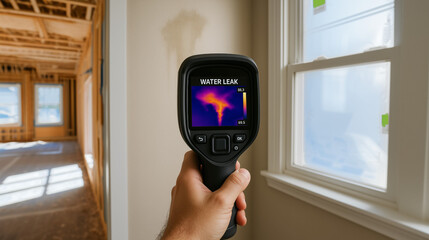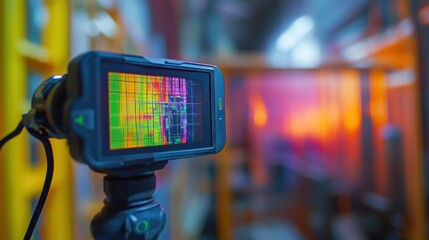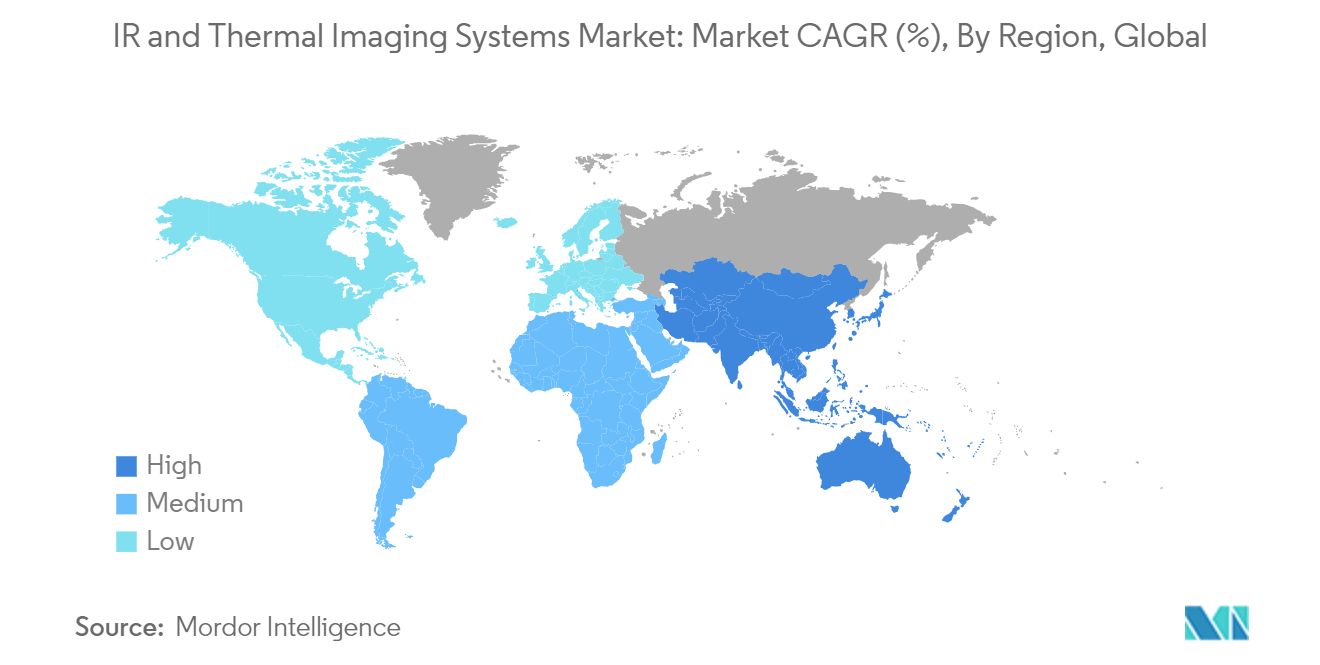Thermal imagers cooled and uncooled
Cooled thermal imagers are high-performance devices that operate within a vacuum-sealed case and are cryogenically cooled. This cooling enhances their sensitivity, allowing them to detect temperature differences as tiny as 0.02°C. While these imagers offer superior performance, they are expensive and typically reserved for specialized applications like scientific research and military operations.
Uncooled thermal imagers, on the other hand, operate at ambient temperature and are significantly more affordable than their cooled counterparts. They are engineered to detect temperature differences as small as 0.2°C and are robust enough for everyday use. From routine industrial inspections to security surveillance, uncooled thermal imagers are the go-to choice for a wide variety of applications.
What is Thermal Imaging Used For?
Thermal imaging, a technology that translates thermal energy (heat) into visible light, is used to analyze a particular object or scene. Using a thermal camera or infrared camera, this technique captures the temperature profile of an area, displaying it as a thermal image, which is essentially a heat map.
The applications of thermal imaging are vast and diverse. In the industrial sector, thermal imaging cameras are used for preventive maintenance. By detecting overheating in machinery or electrical circuits, these cameras can help prevent costly equipment failures and enhance safety.
In the building industry, thermal imaging is used to detect heat loss, poor insulation, and water leaks, making it a vital tool in energy audits and building inspections. In the medical field, thermal imaging cameras can detect changes in body temperature, aiding in the early detection of conditions like breast cancer.
Thermal imaging also plays an essential role in security and surveillance. A thermal imager or infrared imager can detect heat signatures, making it possible to identify people or animals in low light or dark conditions.
What is Thermography? Thermal Energy, Emissivity, Passive vs. Active
Thermography, often associated with thermal imaging, is a technique that uses infrared technology to detect and visualize variations in temperature. This method relies on the principle that all objects emit thermal energy, which can be captured and represented as a thermal image.
Thermal energy refers to the infrared radiation emitted by objects based on their temperature. The amount of this energy that an object emits is determined by its emissivity, which varies according to the material’s properties.
Thermography can be classified as either passive or active. Passive thermography involves observing an object’s naturally emitted thermal energy. It’s commonly used in applications like surveillance or monitoring electrical systems. Active thermography, on the other hand, involves applying a heat source to the object being inspected. This method is particularly useful in detecting subsurface defects in materials.
 About the thermal imaging camera
About the thermal imaging camera
 Ir And Thermal Imaging Systems Market - Growth, Trends, and Forecasts (2025 - 2030)
Ir And Thermal Imaging Systems Market - Growth, Trends, and Forecasts (2025 - 2030)



